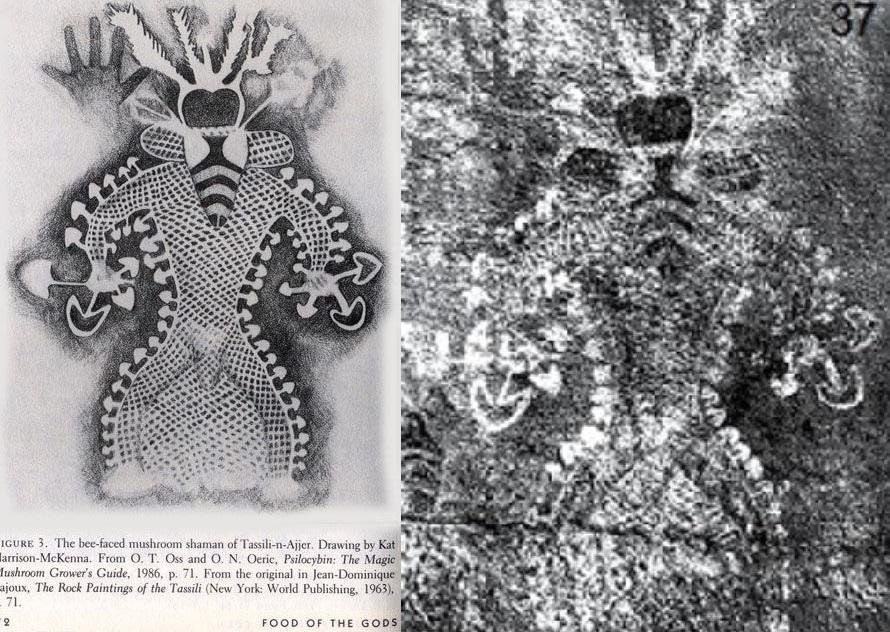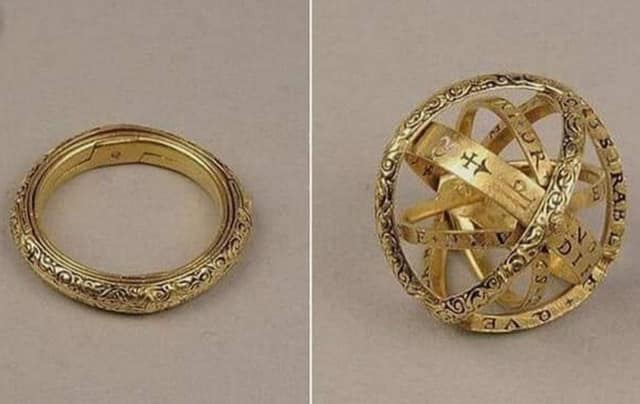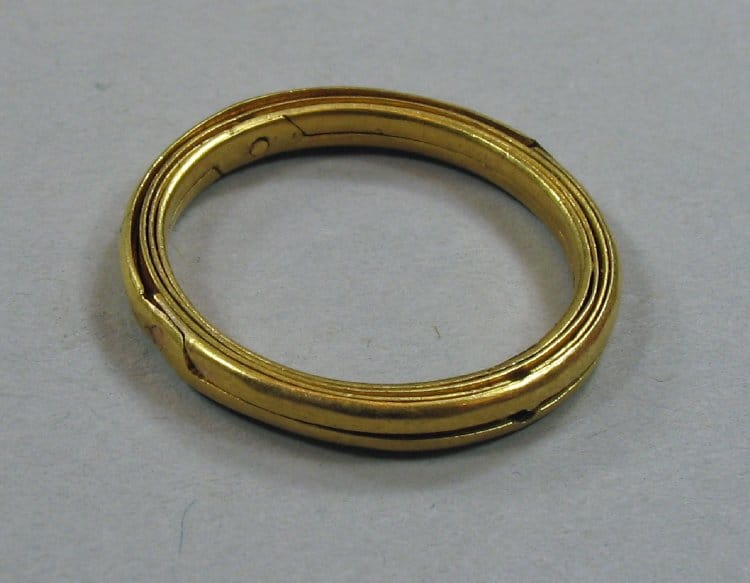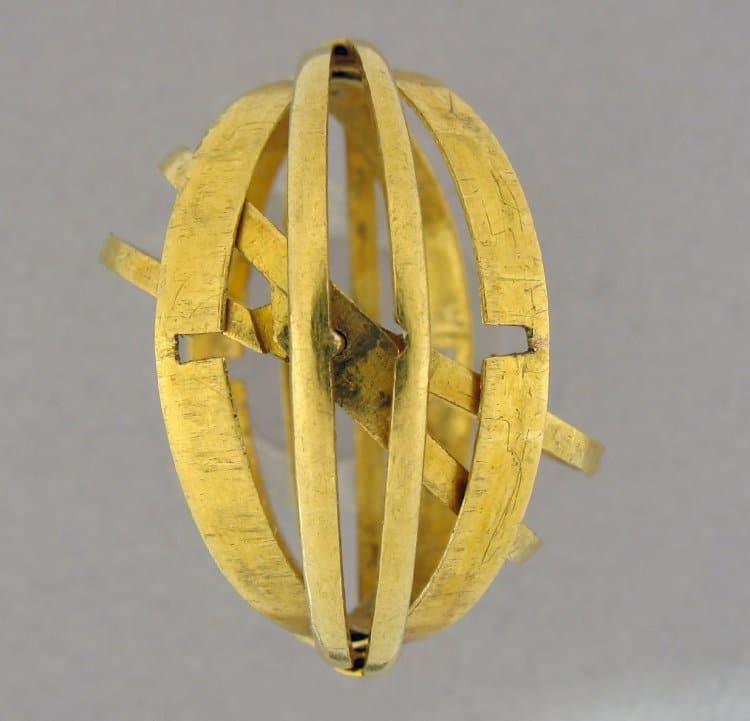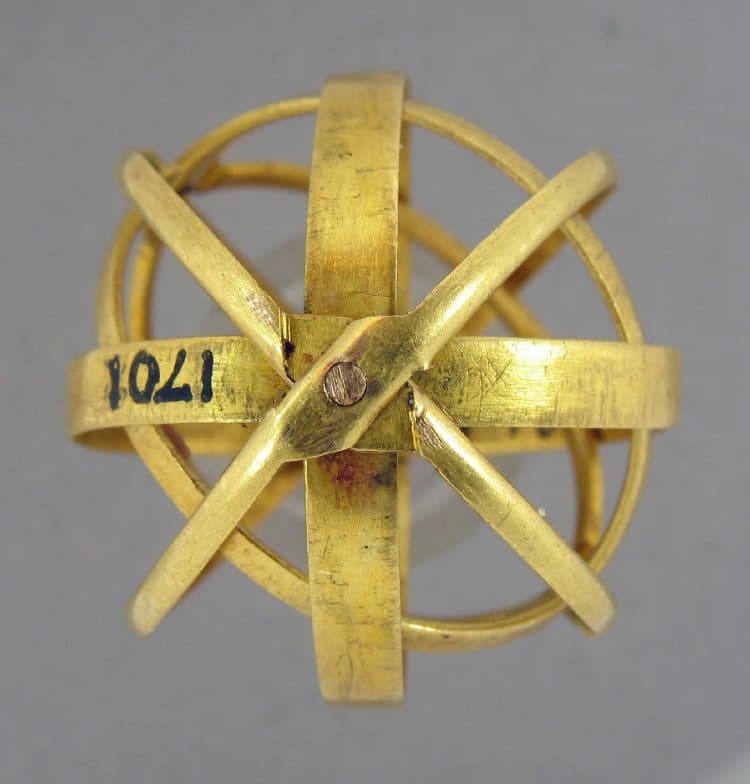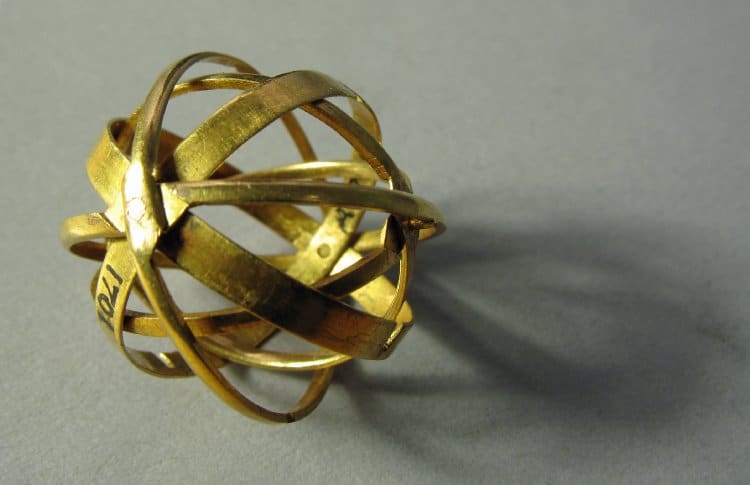Have you ever played 4′33″ in public? Or rather, have you ever not played 4′33″ in public? Calling as its score does for no notes at all over its titular duration, John Cage’s signature 1952 composition has made many ponder (and just as many joke about) what it means to actually perform the thing. If music is, by its most basic definition, organized sound, then 4′33″ is anti-music, the deliberate absence of organized sound. Yet it isn’t silence: rather, the piece offers a performative frame for the disorganized sound that occurs uncontrollably in the environment.
In a concert hall, 4′33″ encompasses all the non-musical noises made by everyone onstage and in the seats, try though they might to make none at all. Naturally, the piece sounds completely different when played in, say, the streets of a major city. John Cage did exactly that in 1973, sitting at a piano in the middle of Boston’s Harvard Square.
“He flipped open the piano cover while traffic roared by, and, except for periodically checking his stopwatch, did nothing for four minutes and thirty-three seconds,” writes the Brooklyn Rail’s Ellen Pearlman. “Then workmen slowly carted the piano off while Cage keened like a distressed Japanese monk.” You can witness this public happening, or at least one minute and 22 seconds of it, in the video above.
The clip comes from A Tribute to John Cage, the video artist Nam June Paik’s audiovisual homage to the composer, who counted among his major sources of inspiration along with his compatriots in the international experimental art movement Fluxus. (Just over a decade later, Paik would involve Cage in a much higher-profile project, the New Year’s broadcast Good Morning, Mr. Orwell.) Here Paik “reverses John Cage’s proposal by overloading the screen with messages,” writes Thérèse Beyler at the New Media Encyclopedia. “This is Zen for TV,” announces one of his onscreen messages. “Do you hear a cricket?” asks another. “… or a mouse.” Unlikely, at the intersection of Brattle and JFK — but then, we can hear anything when offered an opportunity truly to listen.
Related Content:
John Cage’s Silent, Avant-Garde Piece 4’33” Gets Covered by a Death Metal Band
The Curious Score for John Cage’s “Silent” Zen Composition 4’33”
The 4’33” App Lets You Create Your Own Version of John Cage’s Classic Work
Based in Seoul, Colin Marshall writes and broadcasts on cities, language, and culture. His projects include the Substack newsletter Books on Cities, the book The Stateless City: a Walk through 21st-Century Los Angeles and the video series The City in Cinema. Follow him on Twitter at @colinmarshall or on Facebook.
